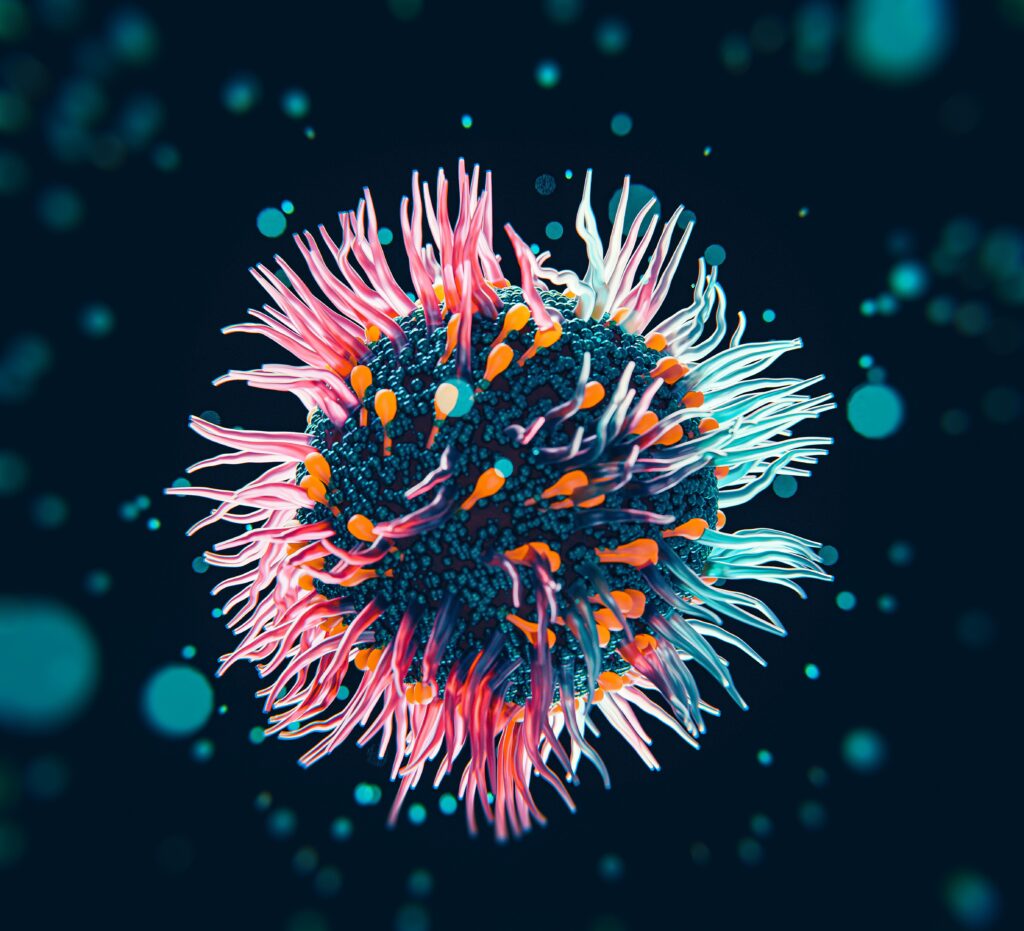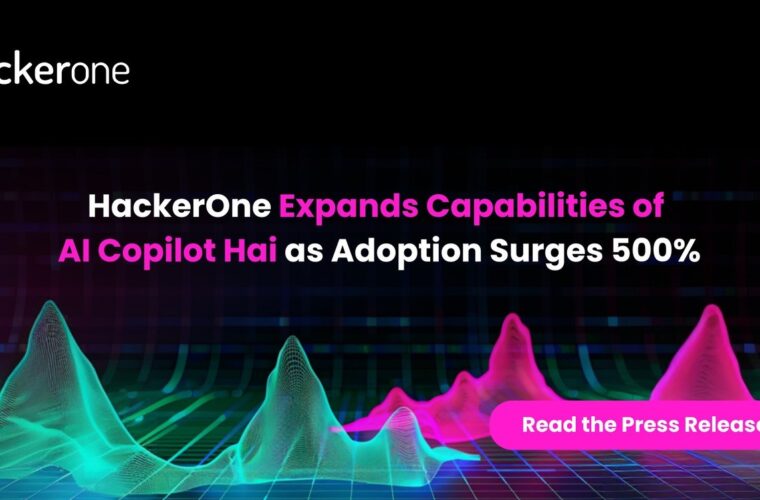Twenty-two cases of breast cancer that radiologists had missed were detected by artificial intelligence. It happened at Budapest’s MaMMa Klinika in 2021, thanks to patient tests with software trained on five million mammograms to detect abnormalities in X-rays. Tested on more than 275,000 breast cancer cases, the same technology last year reduced the workload of radiologists by 30% and increased the detection rate by 13%. This is an example of how AI can improve healthcare, benefiting all parties in cases: patients, doctors and nurses, and hospitals. Implementing AI software means a more functional workflow, automation of administrative tasks for better management of departments (allowing healthcare staff to focus almost exclusively on the operational side) and more effective patient care with personalised treatments and pathways.
Supporting this perspective are the field trials and quality information that AI can provide instantly by analysing large data streams. ‘Every year we have about 36% more data than the year before and this information enhances every clinical aspect: diagnosis, monitoring and active patient engagement,’ explains Shen Partovi, Chief Innovation & Strategy Officer at Philips.


There will be a pre- and post-AI medicine
AI can potentially change all industries, but healthcare is the most delicate and important challenge. Because it is worth 11% of the world’s GDP, around $9 trillion a year, and above all, it can save more lives than ever. So much so that medical specialists and engineers agree on separating the health history into pre- and post-AI; with this in mind, it is helpful to frame the issue with the advice of Tom Lawry, National Director of AI for Health & Life Sciences at Microsoft in mind: ‘Healthcare leaders don’t necessarily need to understand how AI works, but they do need to understand the power of AI and how it can help them deliver personalised care to people more efficiently and compassionately.
Looking at patients, the predictive analysis of electronic medical records, stressors and previous treatments that AI provides allows for the development of tailored and well-detailed treatments regarding drug dosages and the modalities and timing of interventions for each patient. For hospitals and other healthcare facilities, the ability to apply AI software to multiple planes with respect to medical devices leads to progress on multiple levels: from data management to remote surgery, from diagnostic assistance to clinical trials. Analysing big data, identifying patterns, and simulating projections is the first step in refining an effective patient experience, accommodating more of them within specialist facilities. Added to this is more efficient management of operational costs, resulting from monitoring waiting times and reducing lengths of stay in inpatient and emergency departments.

How AI saves lives
But what are the practical examples of the positive changes resulting from integrating algorithms and AI software in healthcare? There are many, and many more are being added daily because we are only at the beginning of the AI era, and experiments are countless on a global scale. Just to name a few, to get an idea of the potential of artificial intelligence, the government decided to use machine learning to help pre-diabetic people in Singapore. Relying on data from five million citizens to identify who was at risk, the city-state authorities implemented a programme with customised daily suggestions, telling a group of volunteers what is best to do to reduce blood sugar. Thanks to these tailor-made tips, the participants’ progression from pre-diabetic to diabetic significantly regressed.
Another example is the system for monitoring a patient’s heart health via a small sensor on the chest. It is called BioTelemetry, after the US startup of the same name that created it before it was acquired by Philips in 2021. By analysing the heart rhythm throughout the day, including at night, the system can determine whether the person will have a high risk of arrhythmia in the next fortnight. Ideal for those recovering from heart surgery or who have a stent, the solution makes it possible to understand whether the patient needs to return to the hospital for further investigations.
The list could go on with many more cases. However, as mentioned above, we are still in the early stages of AI-medical development, which needs time and many more field tests to move from learning to applying artificial intelligence systems in healthcare. Time is therefore needed to prepare other solutions, test them, analyse the results and make any adjustments. Therefore, Patience and trust are the watchwords for continuing the experiments and outlining new methods capable of preventing diseases and saving lives.



